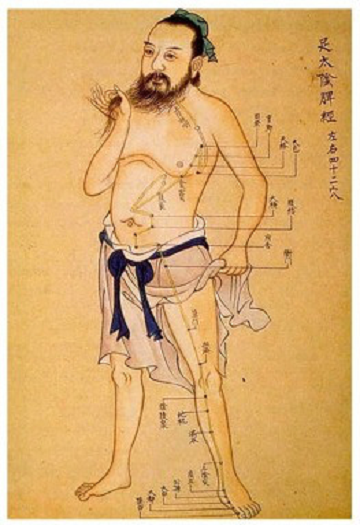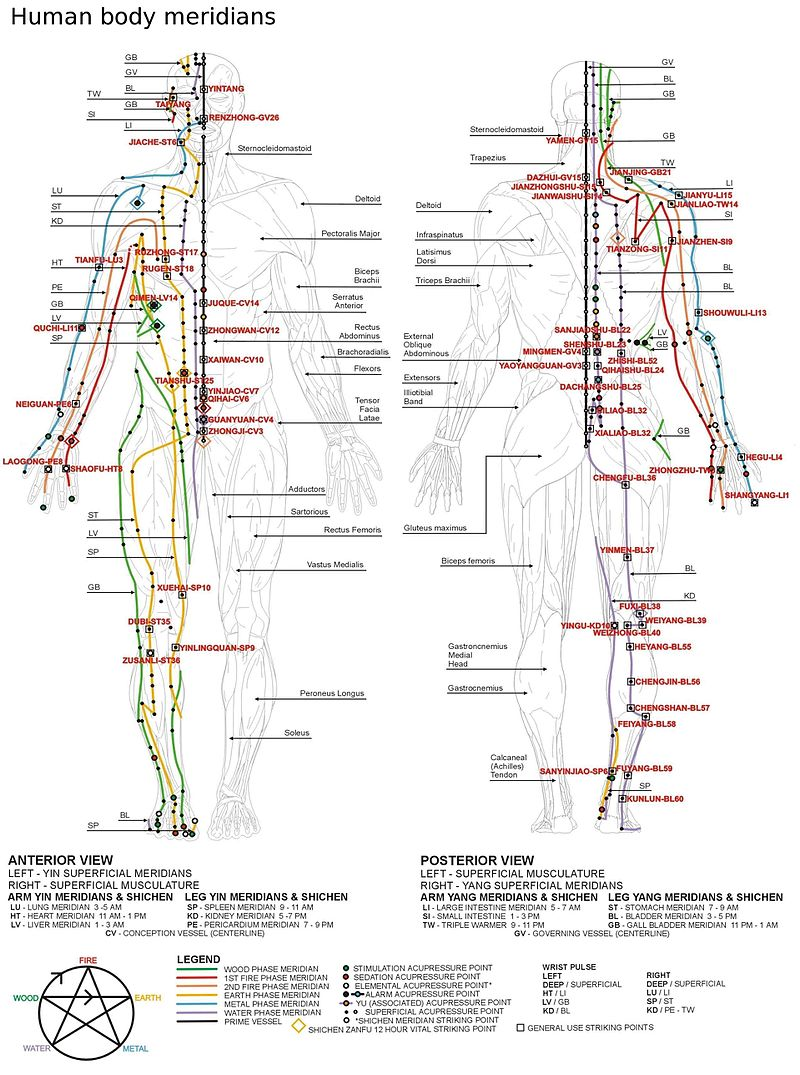
Meridian Acupuncture
About Meridian Acupuncture
Meridian is the Physiotherapy Manager at Physio Health Care Physiotherapy. He has a Bachelor of Applied Sports Science and Physiotherapy.
The meridian network is typically divided into 2 categories, the jingmai (經脈) or meridian channels and the luomai (絡脈) or associated vessels (sometimes called “collaterals”). The jingmai contain the 12 tendinomuscular meridians, the 12 divergent meridians, the 12 principal meridians, the 8 extraordinary vessels as well as the Huato channel, a set of bilateral points on the lower back whose discovery is attributed to the famous physician in ancient China. The collaterals contain 15 major arteries that connect the 12 principal meridians in various ways, in addition to the interaction with their associated internal organs and other related internal structures. The collateral system also incorporates a branching expanse of capillary-like vessels which spread throughout the body, namely in the 12 cutaneous regions as well as emanating from each point on the principal meridians. If one counts the number of unique points on each meridian, the total comes to 361, although 365 is usually used since it coincides with the number of days in a year. Note that this method ignores the fact that the bulk of acupoints are bilateral, making the actual total 670.
Twelve Major Channels
- Taiyin Lung Channel of Hand (手太阴肺经)
- Jueyin Pericardium Channel of Hand (手厥阴心包经)
- Shaoyin Heart Channel of Hand (手少阴心经)
- Taiyang Small Intestine Channel of Hand (手太阳小肠经)
- Shaoyang Sanjiao Channel of Hand
- Yangming Large Intestine Channel of Hand (手阳明大肠经)
- Taiyin Spleen Channel of Foot (足太阴脾经)
- Jueyin Liver Channel of Foot (足厥阴肝经)
- Shaoyin Kidney Channel of Foot (足少阴肾经)
- Yangming Stomach Channel of Foot (足阳明胃经)
- Shaoyang Gallbladder Channel of Foot (足少阳胆经)
- Taiyang Bladder Channel of Foot (足太阳膀胱经)
